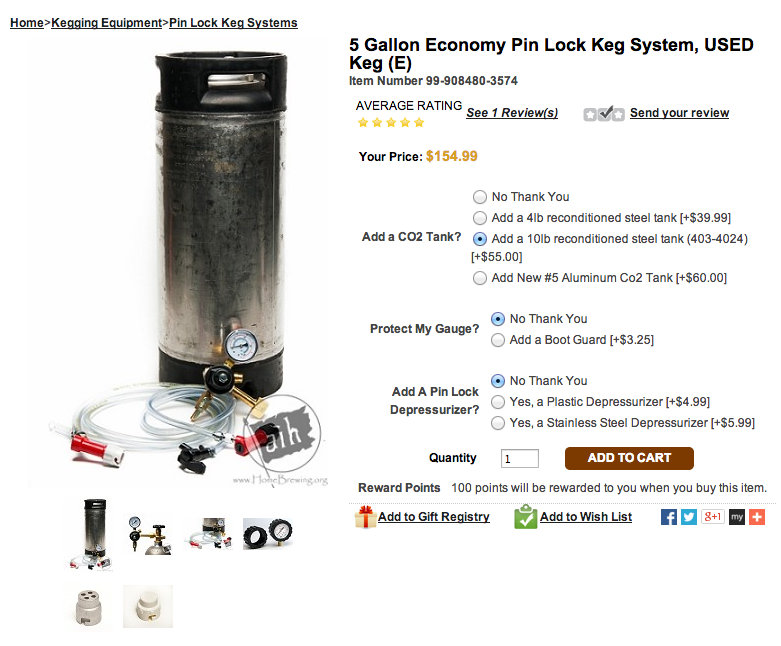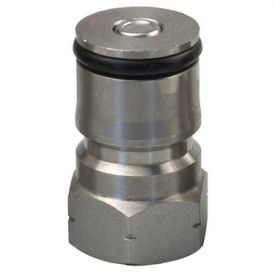Final Update
As a second update to my first post on this draft tower, the iron pipe draft tower has been completed! There is a link below to an amazon cart if you just want to jump down and see the parts.
This tower is exactly what you need to turn a dorm fridge or a chest freezer into a stylish kegerator. It’s all built out of parts you can get from amazon, and it’s really easy to assemble.
Here’s the front view. The distance from the bottom of the faucet to the top of the counter is around 10″ If you want a taller tower, swap out the pipe nipple for a longer one.
Continue reading DIY Black Iron Pipe Draft Tower final build list







